Mobile learning, or M-learning, is online education and training administered via portable electronic devices — like smartphones and tablets. Mobile learning typically consists of an online educational portal where students or employees can access educational resources — such as videos, PDF worksheets, podcasts, and webinars.
As speech-to-text and touchscreen technologies improve, mobile devices offer people a better user experience than desktop computers. Additionally, the COVID-19 pandemic is bringing M-learning to the fore, as imposed school and workplace closures continue to create a significant shift in traditional education and training models. As academic institutions prepare to reopen for the fall semester, these are considerations many will have to keep in mind.
In this post, we’ll discuss the benefits and challenges of mobile learning, consider the key technologies involved, and then take a look at what the future holds for this innovative form of education.
5 benefits of mobile learning
Several features differentiate mobile learning from traditional educational and training models. Here are some of its unique advantages.
1. It works remotely
The most obvious benefit of mobile learning is that you can do it remotely, which means it can take place anywhere. Universities offer M-learning programs so students can participate in distance learning, which enables them to fit studying around other commitments, like a job or family.
Students can access course content, take tests, and communicate with fellow students and tutors — all within the mobile app or online portal — without ever setting foot in a classroom.
2. It offers flexibility
The remote nature of M-learning makes education and training very flexible. People can study according to their own schedule. In many cases, lectures are prerecorded, so students can rewatch videos or access materials as many times as they need and whenever they want.
3. It has a user-friendly learning path
Mobile learning provides an educational path that’s easy for students to follow. With technology driving the programs, it’s easy to track progress through notifications, updates, and micro-lessons. This offers an enjoyable user experience, and, according to SHIFT eLearning, this form of learning promotes better knowledge retention than traditional methods.
4. It’s cost-effective
A smartphone or tablet is a cheaper alternative to a laptop or desktop computer. Also, M-learning involves minimal paper, as students complete most tasks digitally. Students and educators also save money in other areas since there’s no need to pay for venues or commute to a physical location.
5. It prepares people for the digital future
Mobile learning is geared for the future, helping align people with modern technology throughout the educational process. By 2021, Statista projects that there will be over 7 billion mobile users on the planet. Mobile technology is ever present in virtually every industry, so it makes sense to develop your skills through that technology.
3 challenges of mobile learning
While it has some advantages over classroom models, M-learning is not without its flaws.
1. It can feel disconnected
For the most part, M-learning students only interact with each other and their tutors through video and text, which means there’s no direct human contact. Some students need instructors to break down concepts or explain them in a different way, perhaps with different examples or some one-on-one practice. Unfortunately, M-learning cannot always deliver this.
2. It’s easy to get distracted
The average person has installed between 60 and 90 apps on their smartphone. As a result, distracting notifications come from many sources and in many forms, such as incoming texts, social media updates, or phone calls. Momentum is critical in learning, and these interruptions play havoc with attention, motivation, and performance.
3. Internet connectivity or hardware issues can create barriers
What happens if you don’t have a suitable mobile device or live in a rural area with poor connectivity? Some students could fall behind their classmates if they don’t have a smartphone capable of running the online portal or if their family can’t afford internet access.
Thankfully, this problem hasn’t gone unnoticed. During the COVID-19 lockdown period in the first half of 2020, Google donated 4,000 Chromebooks to students in California and offered free Wi-Fi for at least three months to 100,000 households in rural areas.
Types of technology in mobile learning
The prevalence of smartphones, mobile apps, and software-as-a-service (SaaS) offerings make M-learning a natural progression for education in the digital age.
Here are some technologies that enhance the user experience in an M-learning environment:
- Gamification. Mobile learning is perfect for gamification features — like using puzzles, point-scoring systems, and different levels to increase the user’s motivation to learn. As of 2020, more than 150,000 educational apps are available on iOS, and the gamified apps generate the most downloads. Research from TalentLMS found that when training includes gamified elements, 83 percent of users feel motivated.
- Real-time polls. Apps like Poll Everywhere enable users to create polls with open-ended or quantitative questions. People can respond through the app or text message, and the poll updates in real time.
- Flashcards. Tools like Quizlet make it easy to create and customize digital flashcards, helping students improve their understanding of topics.
- Note-taking apps. Taking notes is a big part of learning because it provides students with living documents that aid their knowledge retention and understanding of key concepts in the course or training program. Jotform Mobile Forms is a free mobile data-collection app that works on iOS and Android devices. You can use it to collect and manage secure data from anywhere — even if you’re offline.
- Virtual office hours. It’s important for students to feel like they can approach their instructors and ask questions, just like they could in person. Video conferencing tools like Zoom make holding virtual office hours with students as seamless as possible, even on a mobile device. And scheduling virtual office hours has never been easier.
The future of M-learning
People have always learned in different ways, and now the world is catching up to offer flexible methods that suit everyone. As education models evolve to accommodate remote students on a broader scale, mobile learning is poised to make a big impact in both private and public sectors. Rapid advances in educational technology will continue to drive change, making mobile learning and gamified apps a central tenet of education from an early age. You can use Jotform’s Mobile Forms to engage users and collect information that can improve your learning platform.
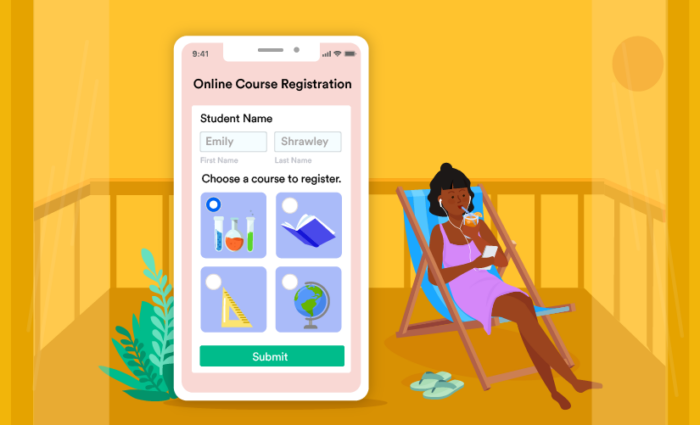












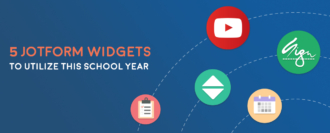


















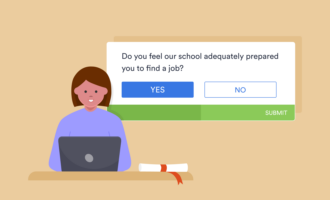























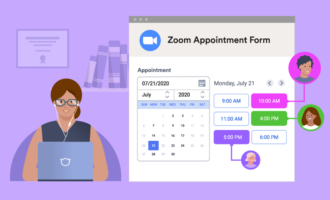





























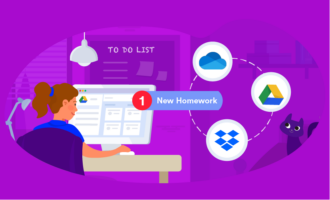


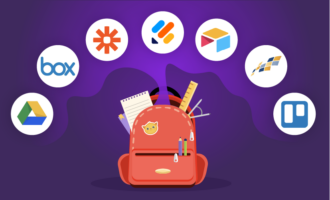















Send Comment: